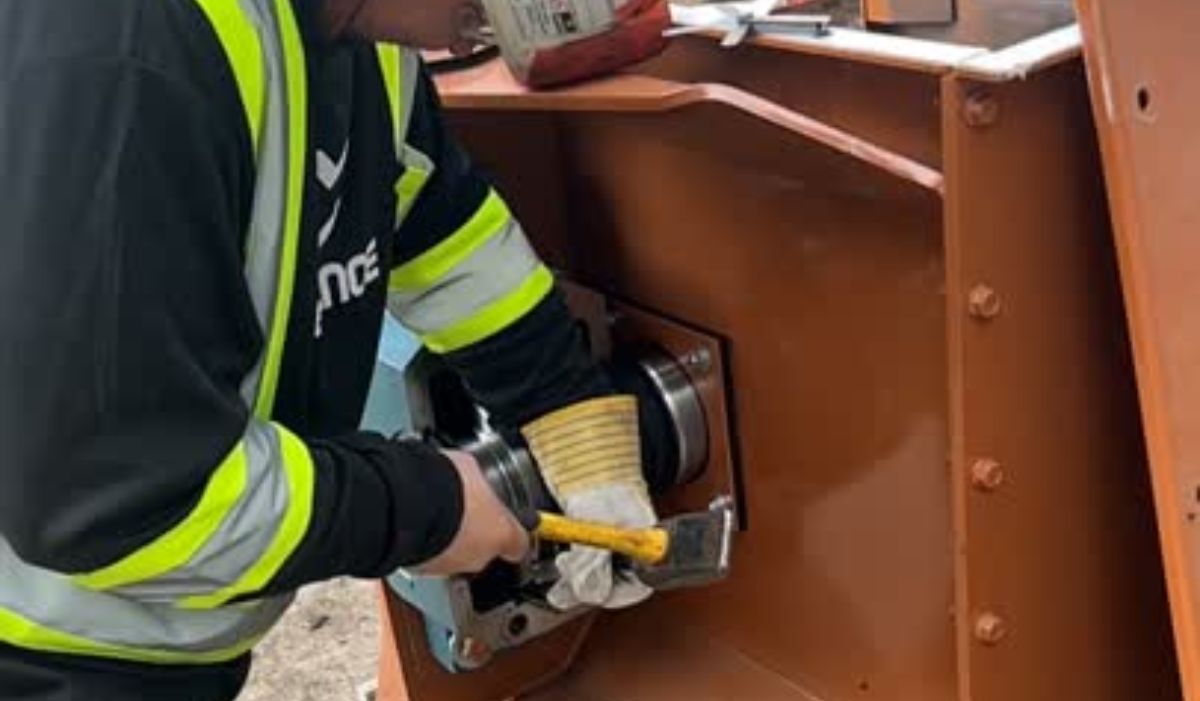Reducing Risks at the Construction Site: Access and Egress Best Practices
Introduction
Every construction site presents its own set of challenges, but one of the most overlooked aspects of on-site safety is ensuring proper access and egress. Whether it’s for workers, equipment, or emergency response, safe and well-planned pathways are essential. By focusing on clear entry and exit protocols, you can significantly reduce the risks of injury, delay, and confusion.
Understanding Access and Egress
Access refers to how workers, materials, and machinery enter a construction site. Egress is how they exit, especially in an emergency. Together, these pathways play a vital role in daily operations and are critical for safety compliance. On a busy construction site, blocked exits or unclear routes can lead to accidents or costly downtime.
Common Hazards at Construction Site Entry and Exit Points
Construction sites are dynamic environments, and the entry/exit zones are often high-traffic areas. Here are some common issues:
- Obstructed pathways: Materials or tools left in access routes can cause trips or restrict movement.
- Poor lighting: Inadequate visibility, especially during early morning or evening hours, increases the risk of falls.
- Weather-related hazards: Ice, snow, or mud can make walkways slippery or impassable.
- Unmarked areas: Without signs or designated walkways, workers may use unsafe routes.
Best Practices for Safe Access and Egress
To improve safety at your construction site, consider implementing these straightforward best practices:
- Keep pathways clear at all times. Regular inspections can help ensure nothing is blocking access routes.
- Install appropriate lighting to maintain visibility, especially during early starts or late finishes.
- Use clear signage to mark designated entry and exit points. This includes emergency exits and muster stations.
- Maintain surfaces by removing ice, snow, or mud and using non-slip materials where needed.
- Train your team on the importance of using designated pathways and reporting any hazards they notice.
Compliance and Responsibility
On any construction site, safety is a shared responsibility. Site supervisors should lead by example and ensure workers understand the importance of access and egress. It’s also important to keep up with safety standards outlined by local authorities like the Saskatchewan Construction Safety Association (SCSA). Regular site audits can help identify problem areas and ensure ongoing compliance.
Why It Matters
Access and egress are more than just logistical details—they’re essential safety components of every construction site. A minor issue at a site entrance or exit can result in serious injury or operational delays. By maintaining safe access and egress, you’re not only protecting your crew but also improving overall site efficiency.
Conclusion
Reducing risk at the construction site starts with something as simple as planning safe pathways in and out. With a few practical steps—like clear signage, proper lighting, and routine checks—you can create a safer, more efficient work environment. Don’t overlook access and egress; they’re key to running a well-organized and safe construction site.



